On March 15th, April 3rd and again on October 15th, it is the Blue Dragon or Seiryu-e Festival that is celebrated at the Kiyomizu-dera temple in Kyoto. It is 3 very specific dates but if you are going to be in the city at the time it is something quite different to experience
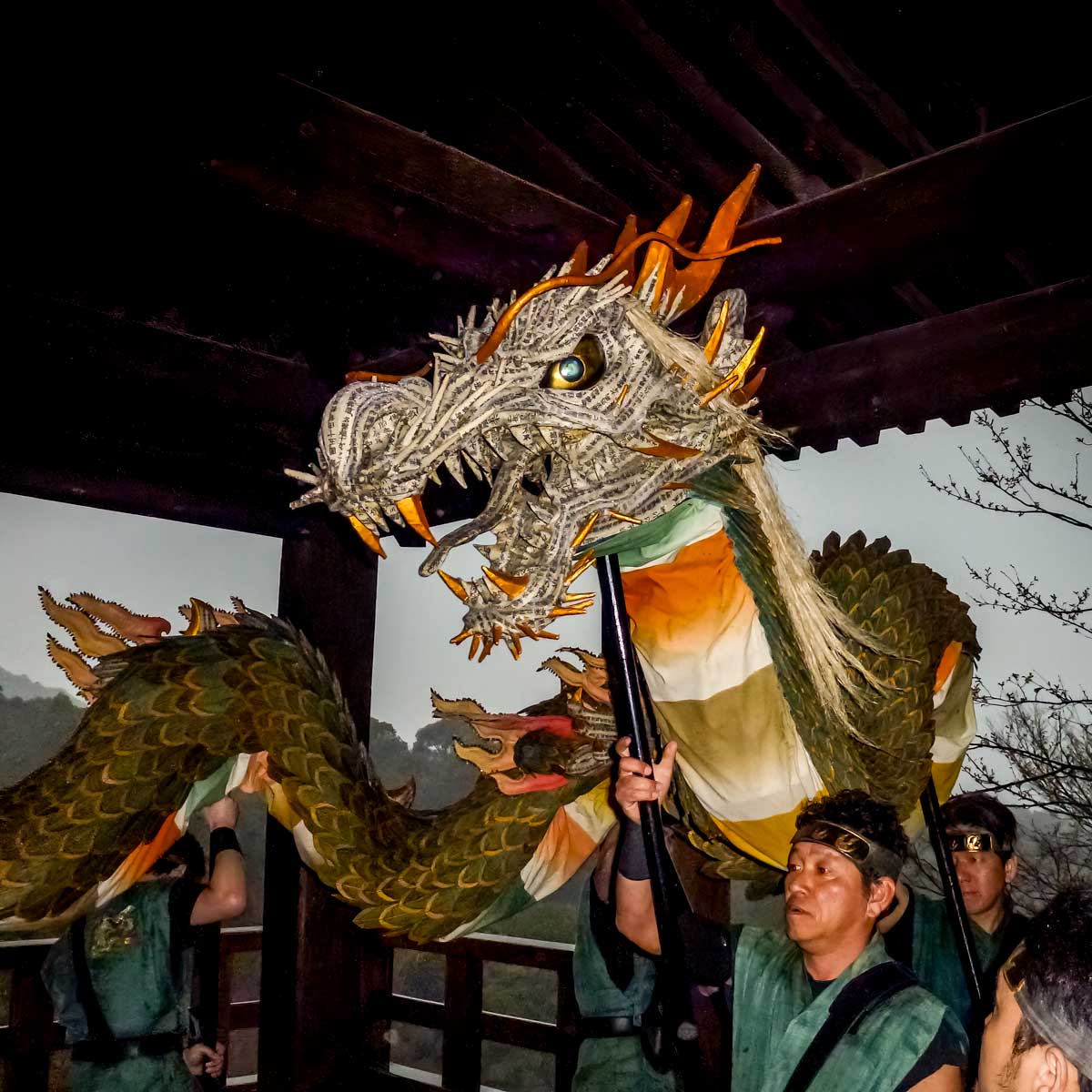
Jump to:
What is Seiryu-e?
Seiryu-e is a festival held in Spring and Autumn at Kiyomizudera temple in the Higashiyama district of Kyoto. It's the blue dragon dance, a ceremony and parade that takes place 3 times a year, in spring and autumn.
The blue dragon that is depicted in the event is said to drink from Otowa waterfall at the temple. Drinking from one of the 3 streams of water is also supposed to bestow one of 3 special blessings to a person who drinks from it.
The festival is based on a legend that says that Kyoto is protected on all sides by 4 gods from the beginning of time. One of these gods is Seiryu, a sacred dragon guarding the Higashiyama area to the east, this is the area where Kiyomizu-Dera Temple is located. Seiryu is considered to be an incarnation of the Buddhist Bodhisattva, Kannon (Avalokiteshvara in many other parts of the world), an enlightened being of Mercy and Compassion who is worshipped in the Kiyomizu-Dera Temple.
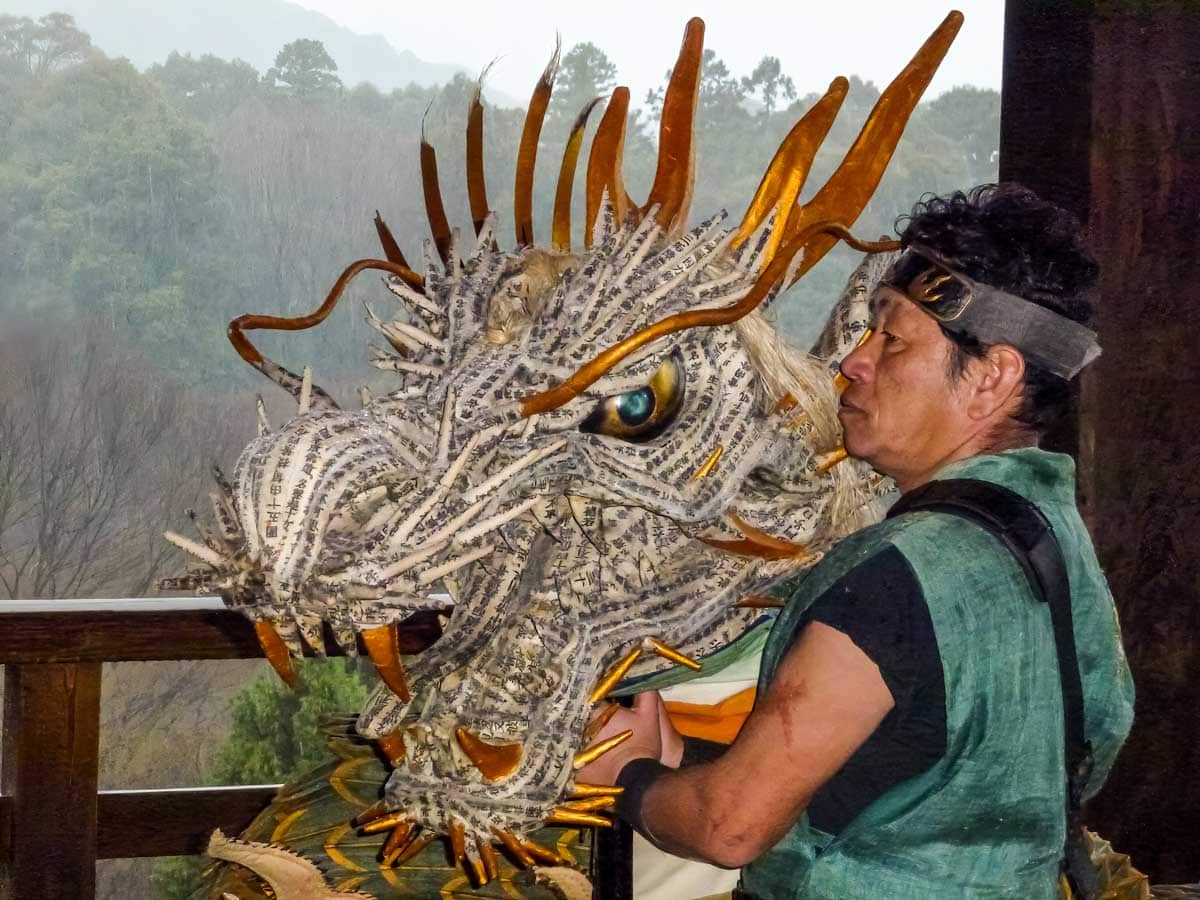
Seiryu is revered for watching over Kyoto day and night without rest to protect the people from misfortune. In deep appreciation of Seiryu, a Buddhist ritual called Kiyomizu-Dera Seiryu-e began in the year 2000. So it's a relatively new thing in terms of the temple built in 1633 and Japanese history in general.
The image of the blue dragon was completely designed by a renowned local costume designer, Emi Wada, and was constructed with donations and cooperation from Kyoto-based traditional craftsmen. With the festival being held mostly indoors due to the storm on the year we went, we got closer to the costume than might normally be possible and it was beautiful, the attention to detail was very impressive.
The festival involves a ceremony and on a normal year, a 1.5-hour procession that snakes its way around the temple and the small streets of the surrounding township area.
Our experience at the Blue Dragon dance
Early spring weather can be very unpredictable and the day we went had very heavy rain and strong winds as you can tell from the photographs, it was dark at 2 pm in the afternoon but I'm so pleased we went anyway!
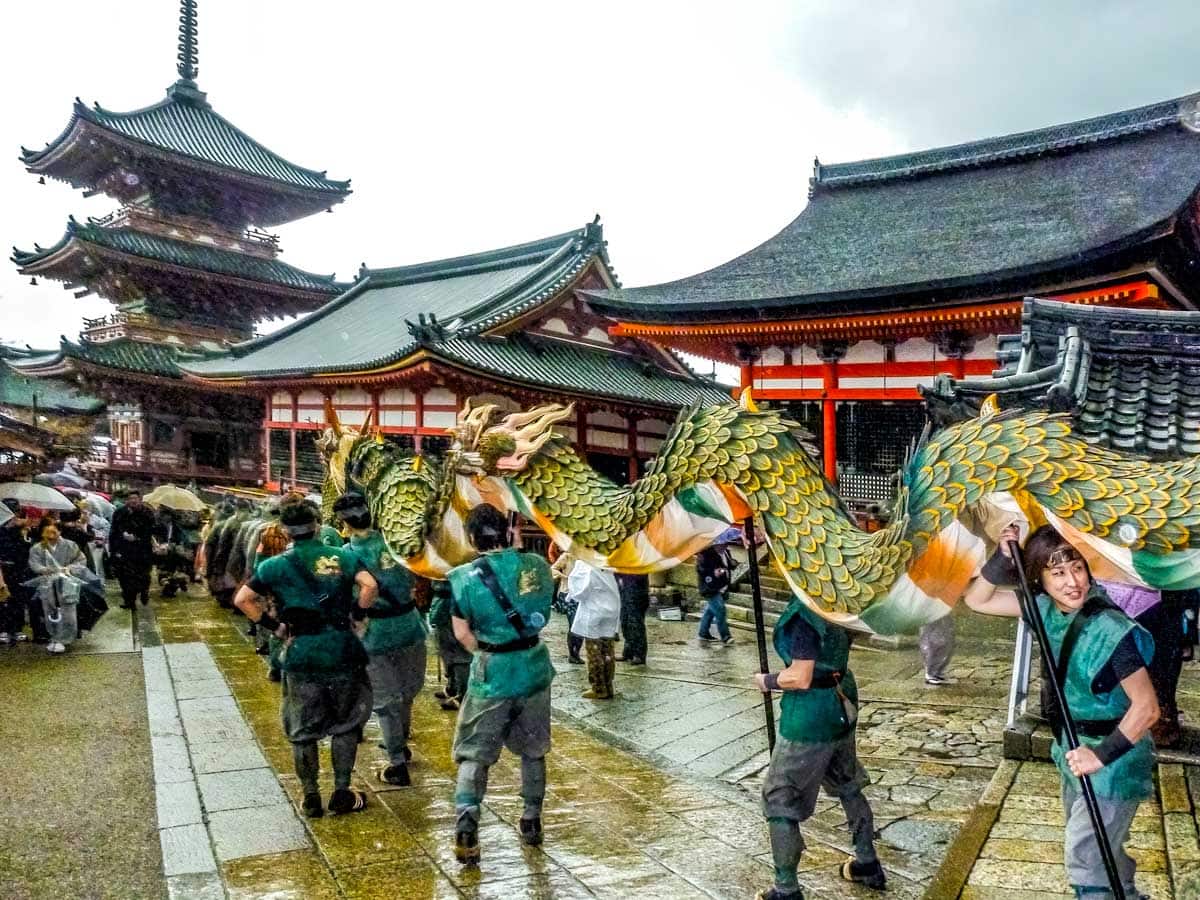
The procession through the temple grounds was cut short due to the high winds blowing the dragon and its attendants around but the ceremony and entertainment in the main temple went ahead as we all sheltered inside.
This is a lesser-known festival and there were few tourists present, perhaps also due to the weather but this made it feel more like a local celebration and everyone was friendly and happy as we squeezed together to watch the event out of the weather. We definitely felt it was a privilege to attend the more intimate ceremony, I imagine on a sunny day the streets and temple would be absolutely packed with people.
Although we had umbrellas with us they were quickly blown inside out and broken by the wind. As we walked back through Higashiyama later in the afternoon the rubbish bins were crammed with broken umbrellas so we weren't the only ones to have that happen. Fortunately, they are easy and quite cheap to replace in Japan.
We might have looked a bit of a haphazard sight by the time we walked back into the hotel in the late afternoon but we'd had a fun and memorable day in Kyoto.
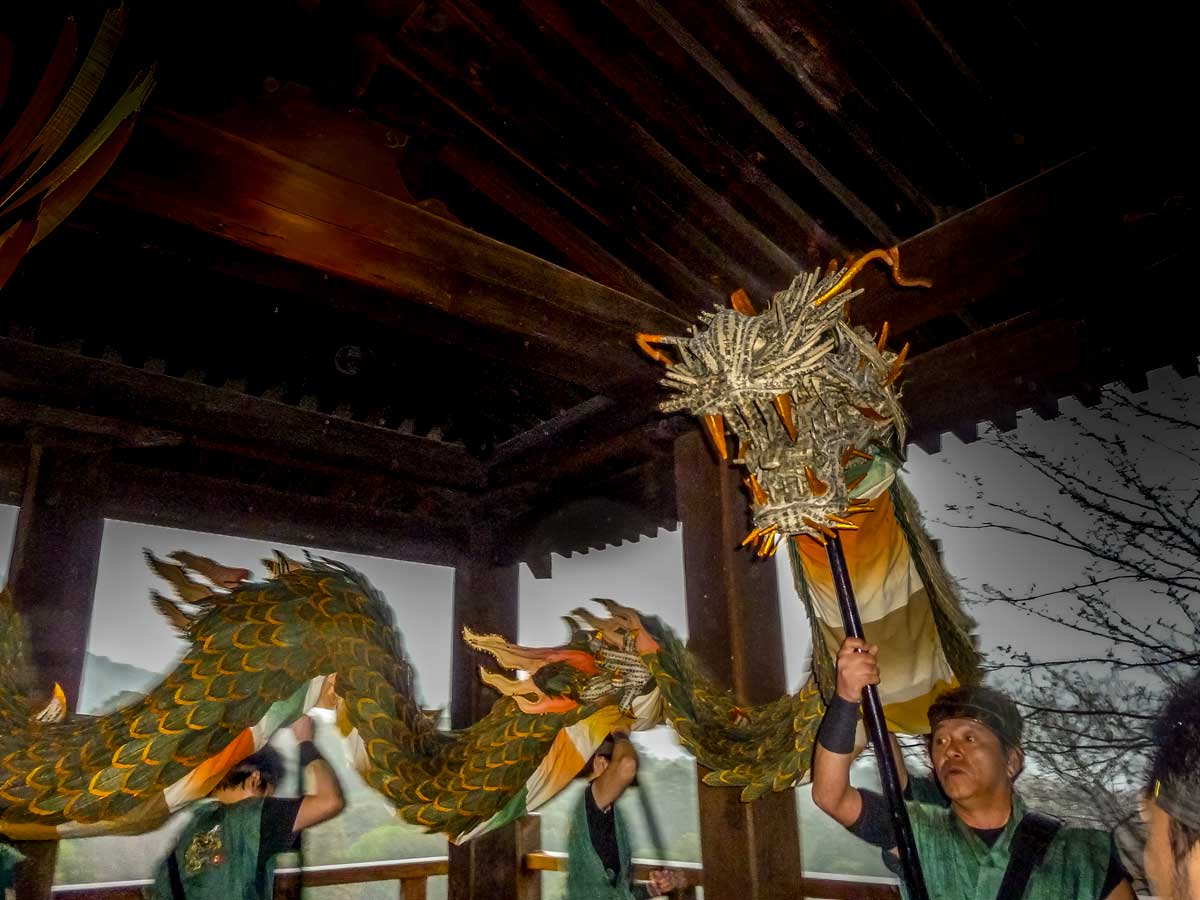
We were able to get close enough to see the incredible detail in the dragons head. The detail in the handmade costume is impressive and I felt very fortunate to have had that special opportunity.
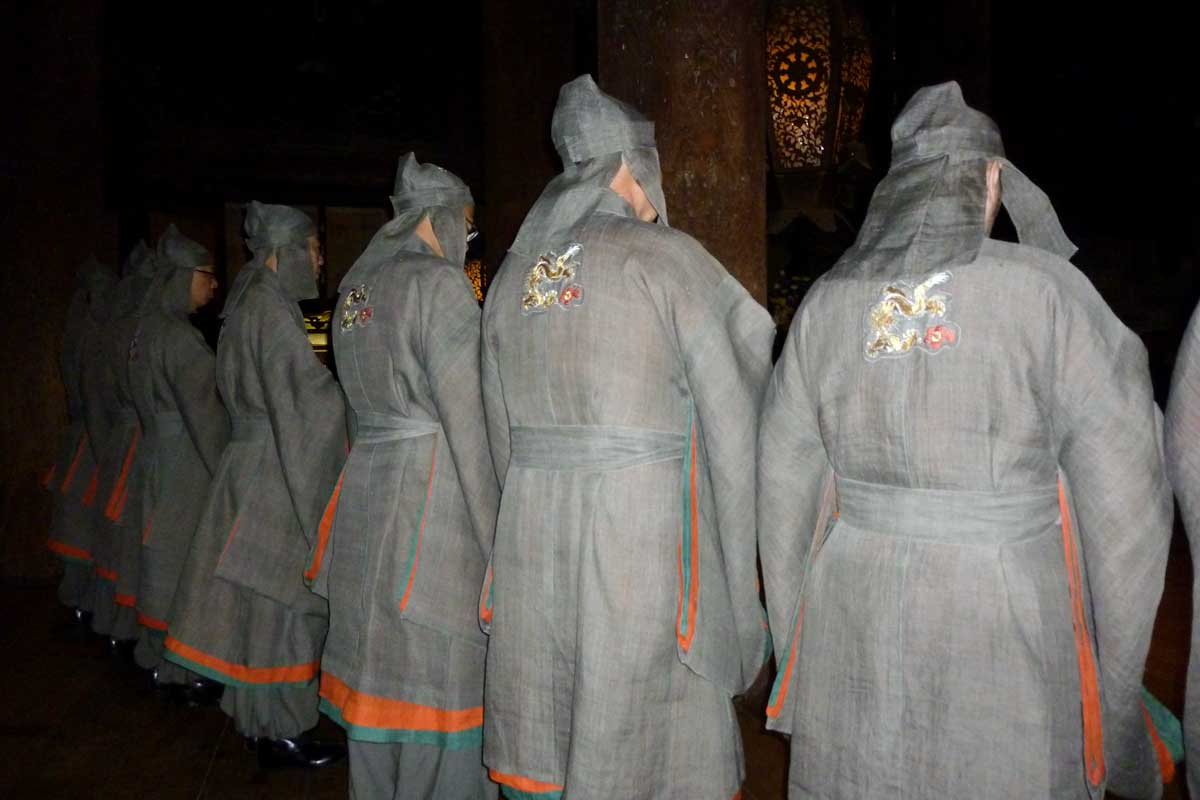
The ceremony begins in the Okuno-in Hall directly above the Otowa waterfall at 2pm and moves around to the Hondo (main hall) where the chanting takes place.
Then the dragon is carried and manouvred by a team of dancers on what would normally be a route through the temple grounds and down the main steps before beginning its passage through the streets below and back around into the temple.
Unfortunately the storm front was building at just the wrong time and the dragon wasn't able to make it around the full route on the day we went due to the high winds and the risk of rain damage to the dragons mask and costume.
When is Seiryu-e held at Kiyomizudera?
The festival is held in Spring and Autumn on 7 days each year. It can be attended on March 1, April 3, September 15. It starts at 2 pm in the main temple and runs through until 3.30 pm.
Here is a rough timeline of festival procession to help you locate the blue dragon or find a spot to watch along it's path.
- It beings at 2pm at the Okuno-in, the red hall above the Otowa Waterfall that was rebuilt in 1633, the same time as the main temple building with the huge stage that Kiyomizudera is known for.
- It then moves on to the Hon-dou, the main temple hall where the chanting and other ceremonial parts of the day take place.
- The path then takes in the Otowa-no-taki waterfall, the kyōdō (sutra hall), three tiered pagoda, the Sai-mon (west gate), the surrounding streets around the temple, the Nio-mon (main entrance gate), the Todoroki (middle gate), the main stage.
- The festival concludes at 3.30pm back at the Hon-dou.
What is the entry fee for Seiryu-e at Kiyomizudera?
The standard cost to enter the temple applies (Y500 on our most recent visit) but there was no additional fee for the festival itself. That makes it a remarkable value and a very special addition to a visit to Kyoto if you are in the city at the right time.
If you didn't want to enter the temple itself you can view parts of the festival from the temple outer area, entrance gate and the town at no cost.

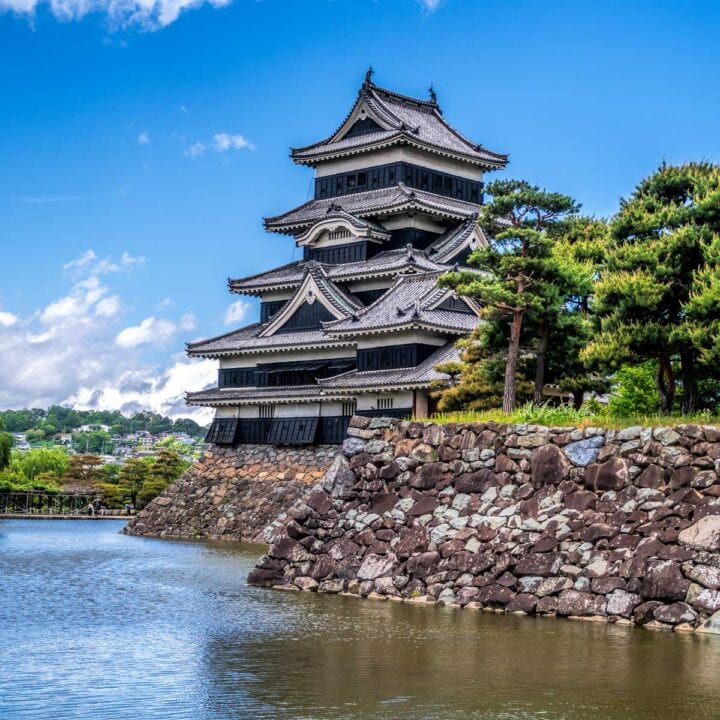
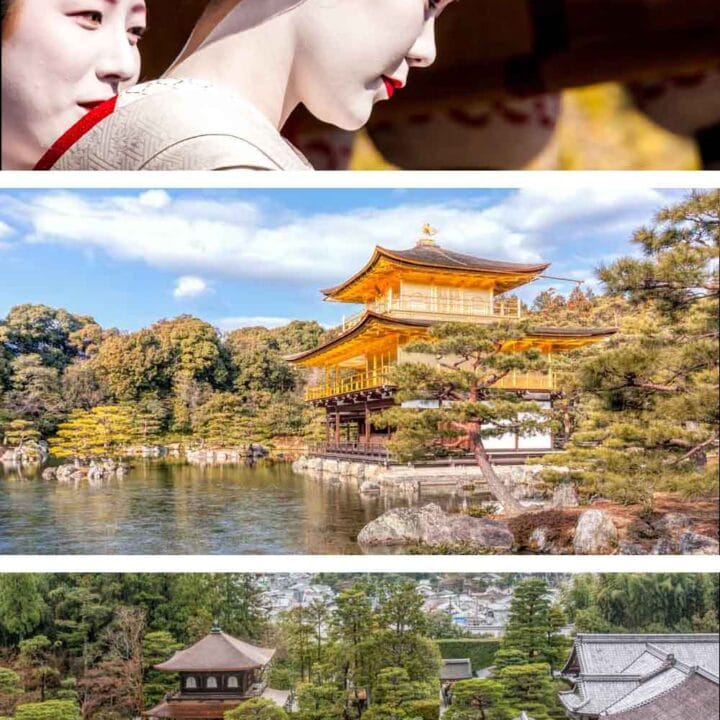
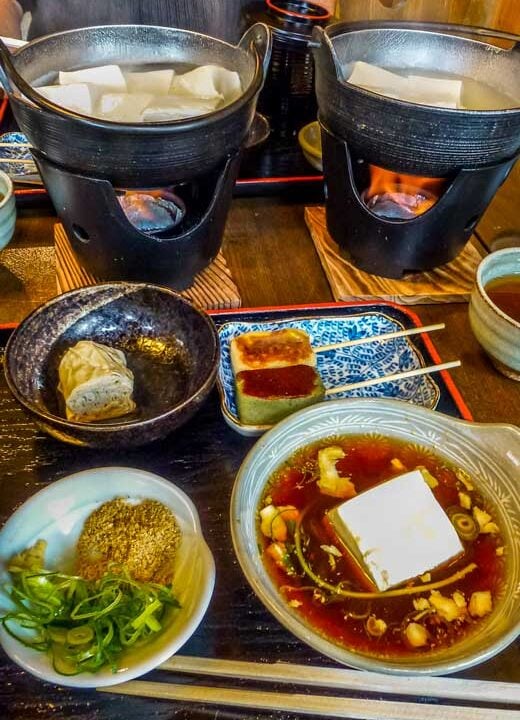
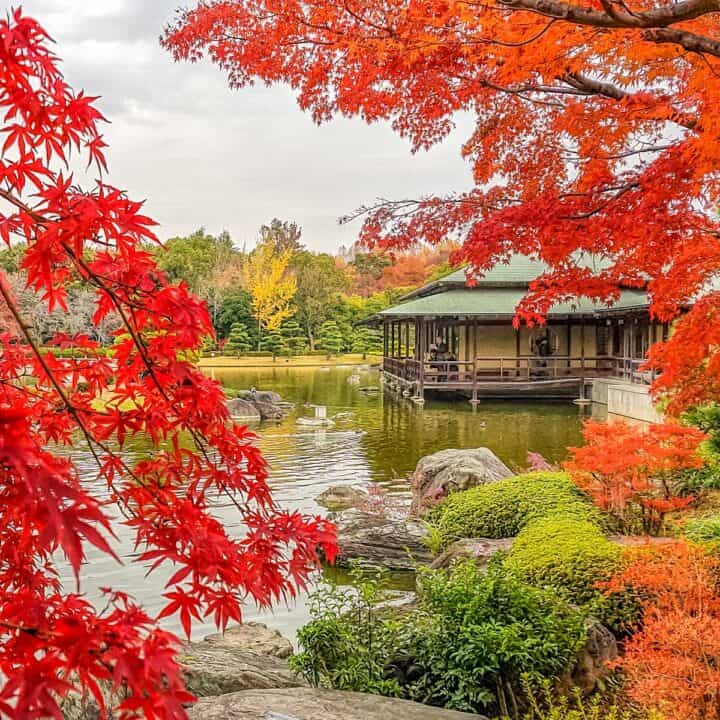
Sandrine says
Thank you for this article. I’ m planning to visit Kyoto in september. Maybe I’ll change my schedule to attend this festival.